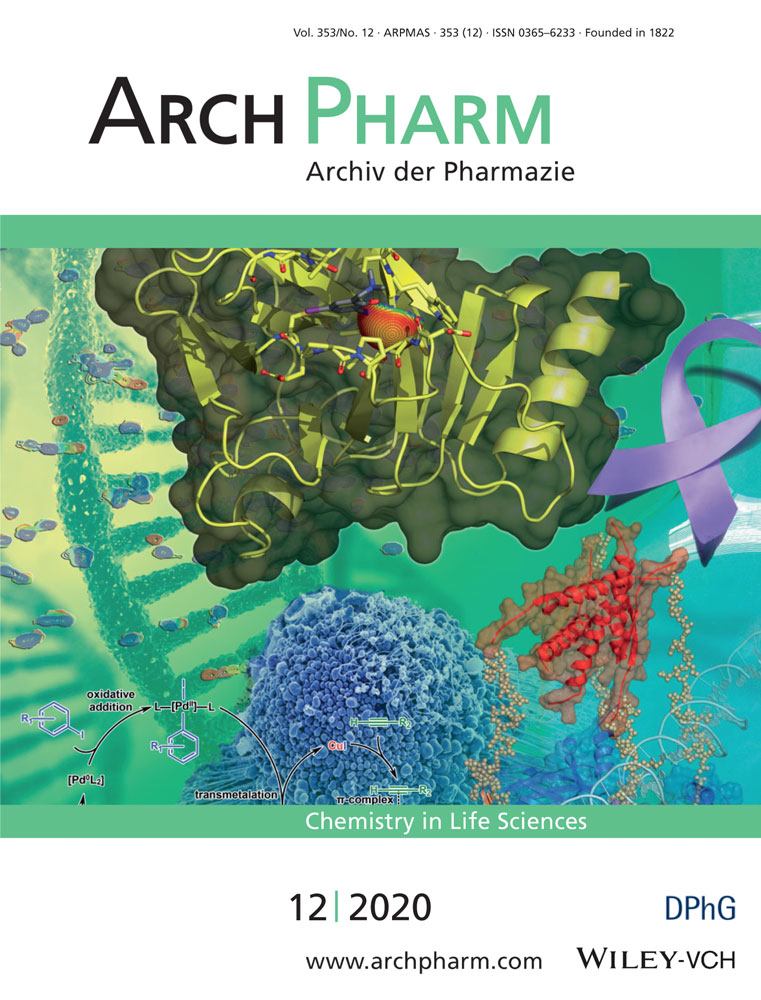Novel pyrazole-clubbed thiophene derivatives via Gewald synthesis as antibacterial and anti-inflammatory agents
Abstract
The aim of this study was to synthesize newer potent Schiff bases by condensing 2-amino-5-(2,4-dichlorophenyl)thiophene-3-carbonitrile and 1,3-disubstituted-1H-pyrazole-4-carbaldehydes, and to investigate their biological activity. The compounds were synthesized via Gewald synthesis and characterized by spectral data and elemental analyses. They were screened for their in vitro antibacterial and anti-inflammatory activities. The synthesized compounds were also evaluated for in vitro antitubercular activity against Mycobacterium tuberculosis H37Rv using the microplate Alamar Blue assay. Compounds 8b, 8c, 8f, 8g, 8k, 8n, and 8o showed promising antibacterial activity. The interactions between the substituted pyrazoles and bovine protein showed promising anti-inflammatory activity. The experimental results revealed compound 8a as a promising antitubercular agent. Hemolytic assays confirmed that the compounds are nontoxic, with percentage hemolysis ranging from 3.6 to 20.1, at a concentration of 1 mg/ml. The results suggest that the pyrazole ring and the substitution pattern on the heterocyclic moiety have an effect on the bioactivity.
CONFLICTS OF INTERESTS
The authors declare that there are no conflicts of interests.




